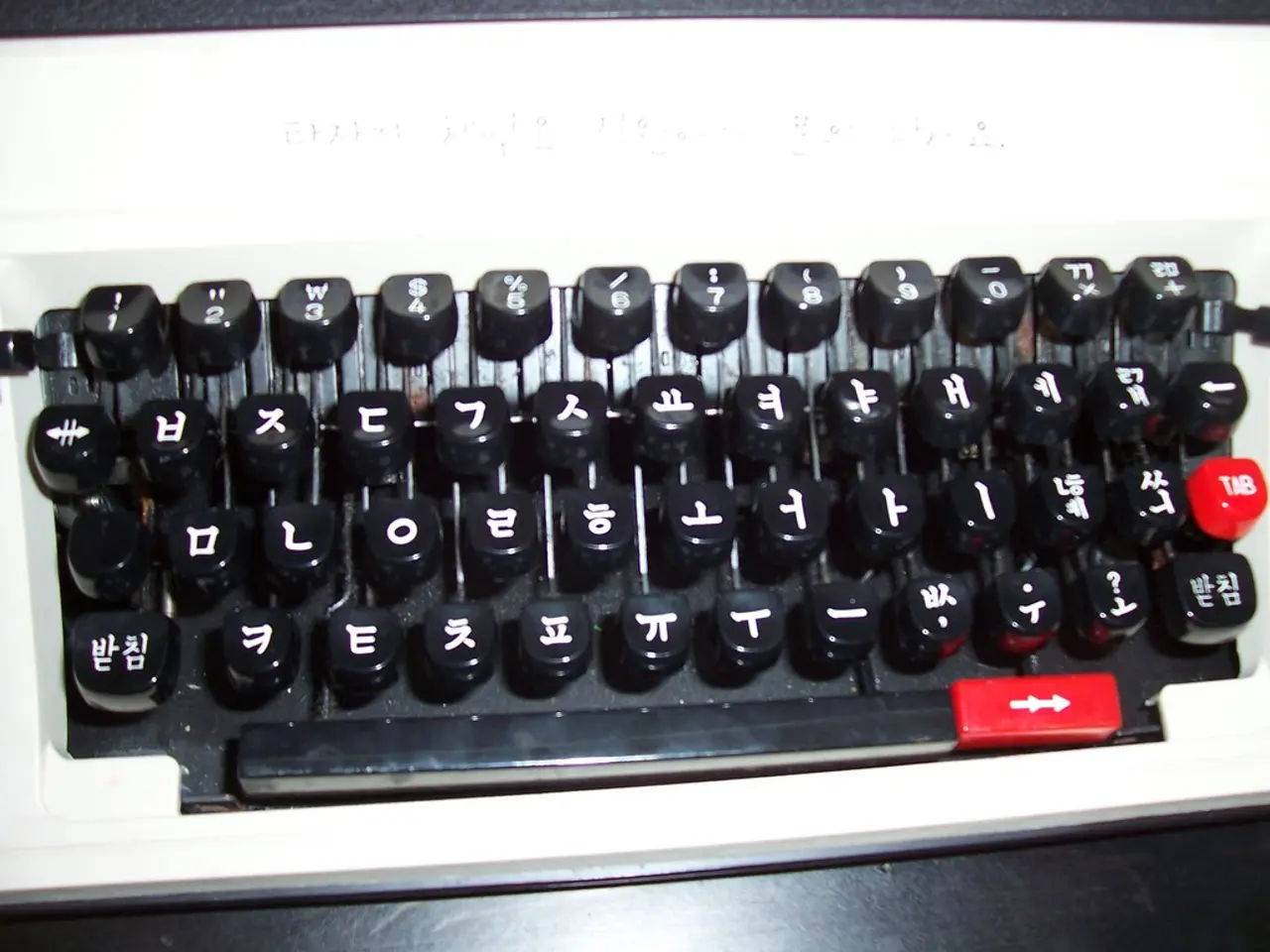Is there a greater education benefit in composing essays or touch-typing in the classroom?
In a recent commentary, Svetlana Pinet, a staff scientist at the Basque Center on Cognition, Brain and Language in San Sebastian, Spain, has questioned the widespread conclusions drawn from a 2024 study that suggested students learn more when writing by hand than typing. Pinet's concerns centre around the methodology of the study, which limited the implications of the research by asking participants to type with one finger, a method that is not representative of typical typing practices.
The 2024 study, which was widely covered in news outlets, including this publication, and was viewed over 84,000 times, compared brainwaves in adults who typed versus those who wrote by hand and found that handwriters had more brain activity. However, the abstract of the study made it sound like it had huge consequences for children learning to write, but it did not test participants on what they actually learned.
Pinet advises educators to find a balance between teaching typing and handwriting to best serve students. She acknowledges the importance of typing as a skill for students and notes that many countries lack formal typing instruction in their school curriculum. Pinet believes handwriting should remain a part of education, expressing concern over its decreasing presence in some countries and the potential impact on children's brain development.
Research from institutions like Princeton and UCLA shows that students who write notes by hand engage in more active processing of information—paraphrasing and reformulating concepts in their own words, a process called "generative encoding." This leads to better comprehension and memory retention compared to typing, which often involves rote transcription. Writing by hand also increases electrical activity in the brain, particularly in regions associated with memory and learning, which is less pronounced during typing.
However, the benefits of handwriting versus typing are not always straightforward. For example, the slower pace of handwriting can promote mindfulness and focus by reducing digital distractions, which may be beneficial for certain learners. On the other hand, typing may be more efficient for drafting, editing, and accessing digital resources.
Pinet and her colleague, Marieke Longcamp, have argued that it is difficult to draw conclusions about learning from the 2024 handwriting study due to the lack of testing on what participants learned. They also note that writing by hand helps students dissociate letters, as the motor action for each letter is unique, while typing the action is the same regardless of the letter.
As digital tools and AI-assisted writing become more prevalent, their long-term cognitive effects—both positive and negative—require further study. Recent studies indicate that using AI tools like ChatGPT can reduce brain engagement during writing tasks, potentially limiting the cognitive benefits associated with self-directed effort. However, strategic use of AI after initial handwritten or unaided drafting might optimize engagement and neural integration.
In conclusion, while handwriting generally offers greater cognitive and learning benefits for students compared to typing, particularly for tasks involving comprehension, memory, and creative thinking, typing and digital tools offer efficiency and accessibility benefits that can be valuable in certain scenarios. The emerging use of AI in writing presents new questions about authorship, engagement, and cognitive development that are not yet fully understood, suggesting the need for further research as educational technologies evolve.
- The school curriculum should consider incorporating both handwriting and typing instruction to ensure a balance in learning, as suggested by Svetlana Pinet, the staff scientist at the Basque Center on Cognition, Brain, and Language.
- Regardless of the methodology of the 2024 study that compared handwriting and typing, it's clear that handwriting provides cognitive advantages for students, such as improved memory retention and active information processing, according to research from institutions like Princeton and UCLA.
- As AI-assisted writing tools like ChatGPT become more widespread, it's essential to study their long-term cognitive effects on education and self-development, especially since recent studies indicate that they might reduce brain engagement and limit the cognitive benefits associated with self-directed effort.




